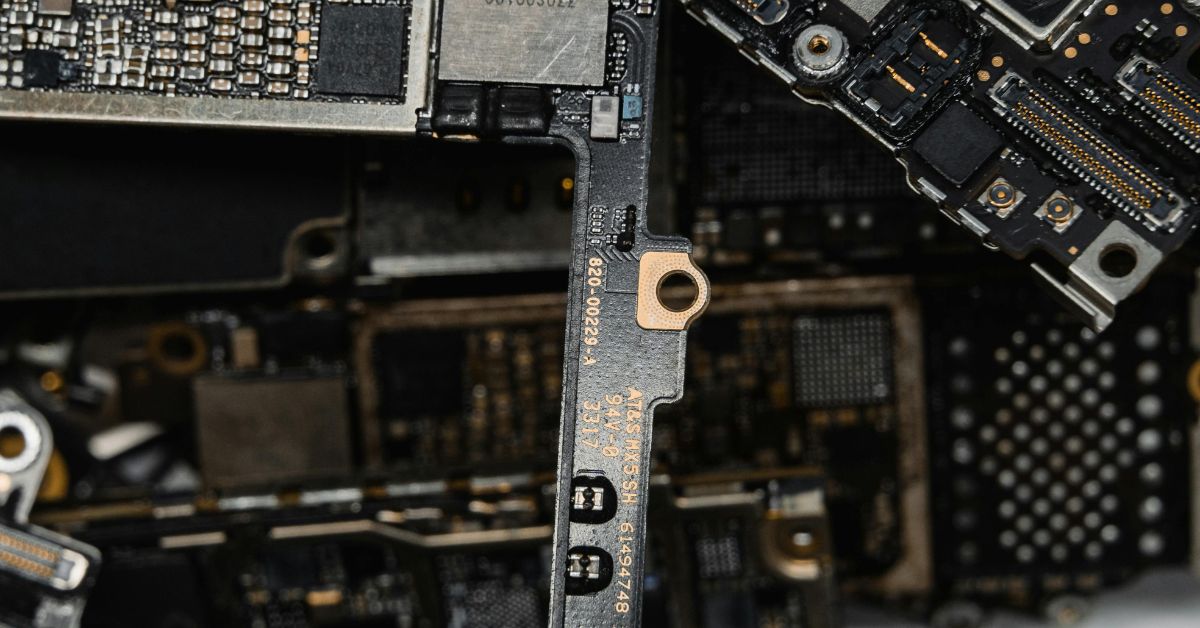IT infrastructure shapes digital resilience by providing the foundational architecture that determines a business’s ability to withstand, adapt to, and rapidly recover from disruptive events, such as a major cyberattack, a system failure, or a natural disaster.
As of September 9, 2025, for any business here in Rawalpindi or across Pakistan, digital resilience is a critical component of overall business continuity. It is a measure of how quickly a business can get back on its feet after being knocked down by a digital crisis. A well-designed, modern IT infrastructure is not just about day-to-day operations; it is the structural backbone that ensures this resilience.
1. The Foundation of Availability: Cloud and Distributed Architecture
The single biggest contribution of modern IT infrastructure to resilience is the shift from centralized, on-premise systems to a distributed, cloud-based model.
- The Old, Fragile Model: A business that runs all of its critical applications on a single set of servers in its own office building has a single point of failure. A fire, a flood, or a major power outage at that one location could completely destroy its entire IT infrastructure.
- The Resilient, Cloud-Native Model: By leveraging cloud computing, a business can distribute its applications across multiple, geographically separate data centers. A major cloud provider like AWS or Azure has a global network of “Availability Zones.” If a disaster strikes one data center, the company’s services can automatically “failover” and continue running from another location, with little to no downtime. This distributed architecture is inherently more resilient than a single, centralized one.
2. The Cornerstone of Recovery: Modern Backup and Disaster Recovery
A core function of IT infrastructure is to ensure that, in a worst-case scenario, the company’s data is not permanently lost.
- The Old Model: Backups were often made to tapes or a secondary server in the same building, which would be destroyed in the same physical disaster.
- The Resilient, Modern Model: Modern IT infrastructure is built around the 3-2-1 backup rule (3 copies of your data, on 2 different media, with 1 copy off-site). The infrastructure now includes:
- Cloud-Based Backups: Automatically sending backups to a secure, off-site cloud location.
- Immutability: This is a critical feature for defending against ransomware. An immutable backup is one that cannot be altered or deleted, even by an administrator. This ensures that even if a hacker encrypts a company’s entire network, they cannot also encrypt its backups.
- Disaster Recovery as a Service (DRaaS): These are cloud-based services that allow a business to rapidly spin up a complete copy of its entire IT environment in the cloud in the event of a total site failure.
3. The Shield of Security: A Zero Trust Framework
Digital resilience is not just about recovering from a disaster; it’s about withstanding an attack. The security design of the IT infrastructure is key.
- The Old Model: A flat, open internal network. Once a hacker was inside, they could move freely.
- The Resilient, Modern Model: The infrastructure is built on a Zero Trust architecture.
- Network Segmentation: The IT infrastructure is broken down into small, isolated segments. This contains a breach to a small area, preventing a minor security incident from becoming a company-wide catastrophe. This resilience is built directly into the network’s architecture.
4. The Accelerator of Response: Automation
The speed of recovery is a key measure of resilience. Modern IT infrastructure uses automation to accelerate this process.
- The Old Model: Recovering from a failure was a slow, manual process that could take days or weeks.
- The Resilient, Modern Model: The use of “Infrastructure as Code” (IaC) and automation allows an IT team to rebuild an entire, complex IT environment from scratch in a matter of hours, by running a set of pre-written scripts. This level of automated recovery is a core component of modern digital resilience.
